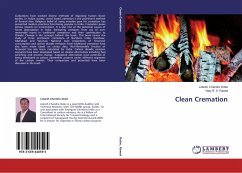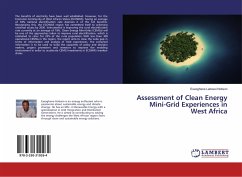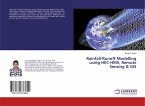Civilizations have evolved diverse methods of disposing human dead-bodies. In Indian society, wood based cremation is the prominent method of funeral rites. Religious belief of using wooden pyre for cremation has prevented modern practices from being popular in India. Cremation poses serious impacts on environment. It is also one of the potential causes of forest degradation in India. Estimating emissions from use of non-renewable wood in traditional crematoria and their contribution to Climate Change is the concept behind this book. This book covers the study of three prominent crematoria of Northern India- Haridwar, Allahabad and Varanasi. National level projections of firewood consumption and carbon dioxide emissions from traditional cremation have also been made based on census data. Non-Renewable fraction of firewood has also been calculated for India. Carbon dioxide emission scenarios have been developed based on cleaner alternatives including fuel switching and process change. Suggested alternatives have potential of being developed as carbon abatement projects under different segments of the carbon market. Their comparison and potentials have been discussed in the book.
Bitte wählen Sie Ihr Anliegen aus.
Rechnungen
Retourenschein anfordern
Bestellstatus
Storno








